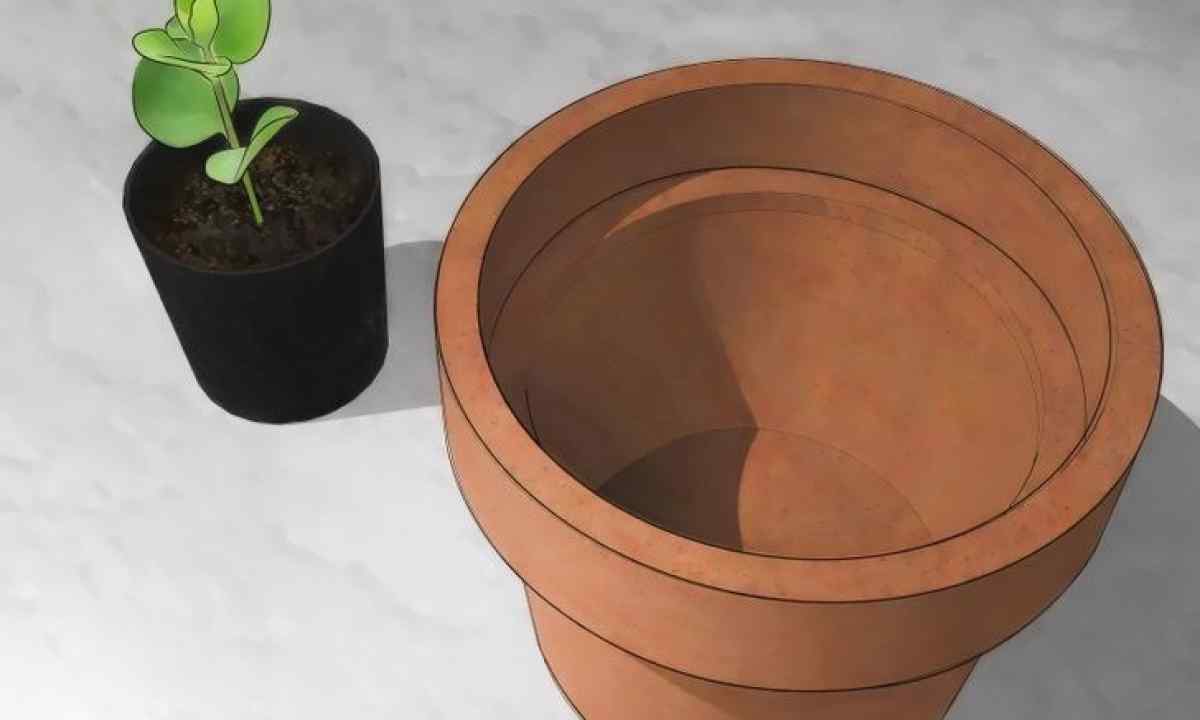The honeysuckle edible is of great interest to amateur gardeners as one of the earliest cultures with high winter hardiness. Its berries contain large amount of useful vitamins, including vitamin C. Berries of honeysuckle have dark blue-light blue coloring and wax raid. On average this bush begins to fructify for 4-5 year after landing.
Landing of honeysuckle
For a start it is necessary to choose the place of landing correctly. The honeysuckle loves places with moderate moistening, at the same time it is necessary to avoid the rehumidified and too dry places. Loamy and sandy soils are ideal for it. Before landing surely you bring lime, the honeysuckle badly grows on sour soils. Also it badly grows in shady places therefore for it it is better to choose the open place. Bushes have to be well protected from strong wind because at it young leaflets and already mature berries can come off.
It is possible to plant honeysuckle both in the spring, and in the fall, and even in the summer after the end of growth. And the most ideal time for landing is the early fall (August-September). For the best pollination of plants put several types of grades, usually 2-3 views at once.
Before landing the root system of plant is lowered in the clay talker. Honeysuckle put at distance 1 m from each other. For this purpose dig out hole of 30 cm in size in which fill up necessary fertilizers, for example the humus mixed with phosphoric fertilizers. Then lower plant in pole, at the same time having slightly buried root neck at 5 cm. After landing of plant it is abundant water (about 10 liters on bush). From above the soil under honeysuckle is powdered with either the dry earth, or peat.
Care for honeysuckle
In principle the honeysuckle is very unpretentious plant and does not demand some special personal care. The main thing to weed weeds under bushes in time, to constantly loosen the soil and to regularly water plants. Cutting of plant is made in the spring and in the fall. Any special skills for this purpose are not required, it is rather simple to remove the dry and broken branches. If the bush of honeysuckle has become useless, then elevated part is completely cut off. After that there has to be stem young growth and after a while the plant will please you with abundant harvest again. During the autumn period the soil near bushes is dug over.
The honeysuckle is not subject to special influence from garden wreckers. Only the zhimolostny paltsekrylka and plant louse do it harm. But for fight against them will oprysnut bushes before blooming of kidneys solution of nitrafen in rather early spring. If nevertheless the plant louse has captivated your bushes, then use carbophos solution. During blossoming and maturing by any chemical medicines the honeysuckle cannot be sprayed. The main thing to make all preventive actions for care for plants in time.
Honeysuckle fertilizer
In the first years after landing the application of fertilizers to the soil is not required. And then, since third year, introduce alternately mineral and organic fertilizers. Every two years under autumn redigging is put by humus or compost. And mineral fertilizers bring annually: fertilize potassium and phosphorus in the fall. It is the best of all to use nitrogen fertilizers, for example urea and ammonium nitrate in the spring. In the summer in June arrange additional fertilizing with ammonium nitrate and sulphurous potassium. After fertilizing bushes it is abundant water.
Harvesting of honeysuckle
Honeysuckle one of the earliest berry cultures on our personal plot. Usually it begins to ripen approximately in the second half of June, and finishes at the end of July. Berries can be picked daily in process of their maturing. The reaped honeysuckle crop badly transfers hot weather, but it is even possible to store it in the cool room no more than 3 days. And it is better to process and make various compotes and jam at once. Also the honeysuckle is used in dried look for preparation of curative broths and infusions.

